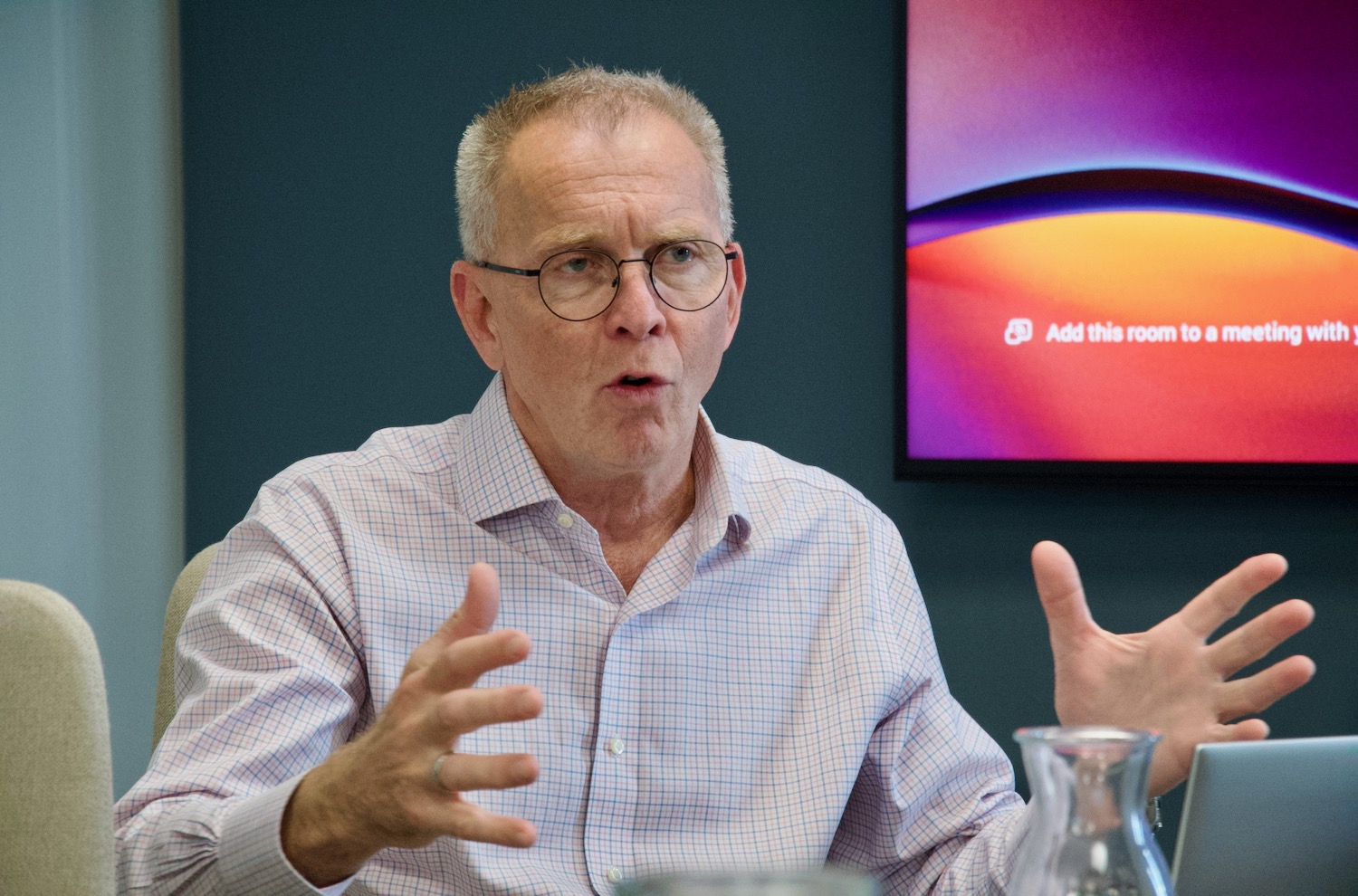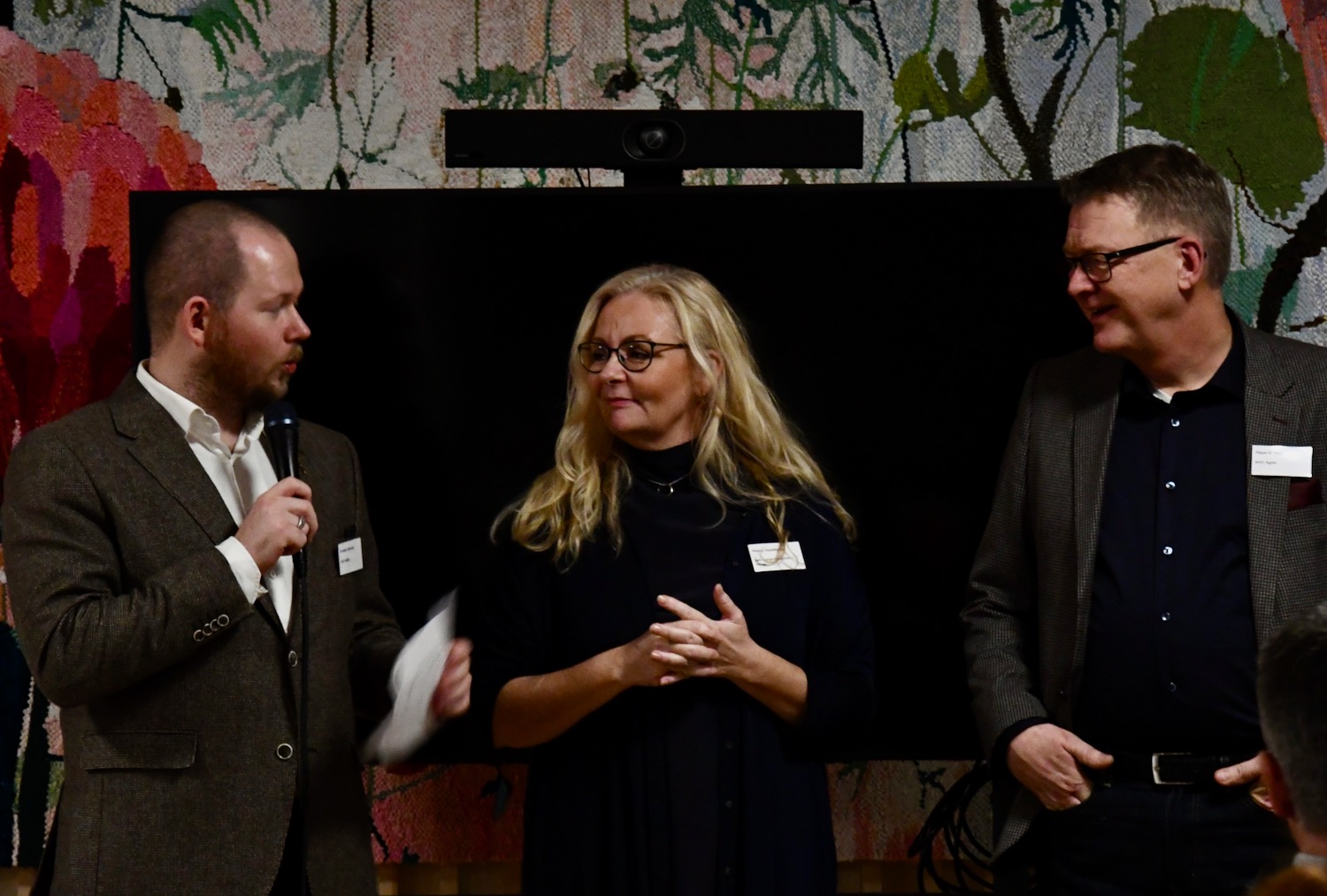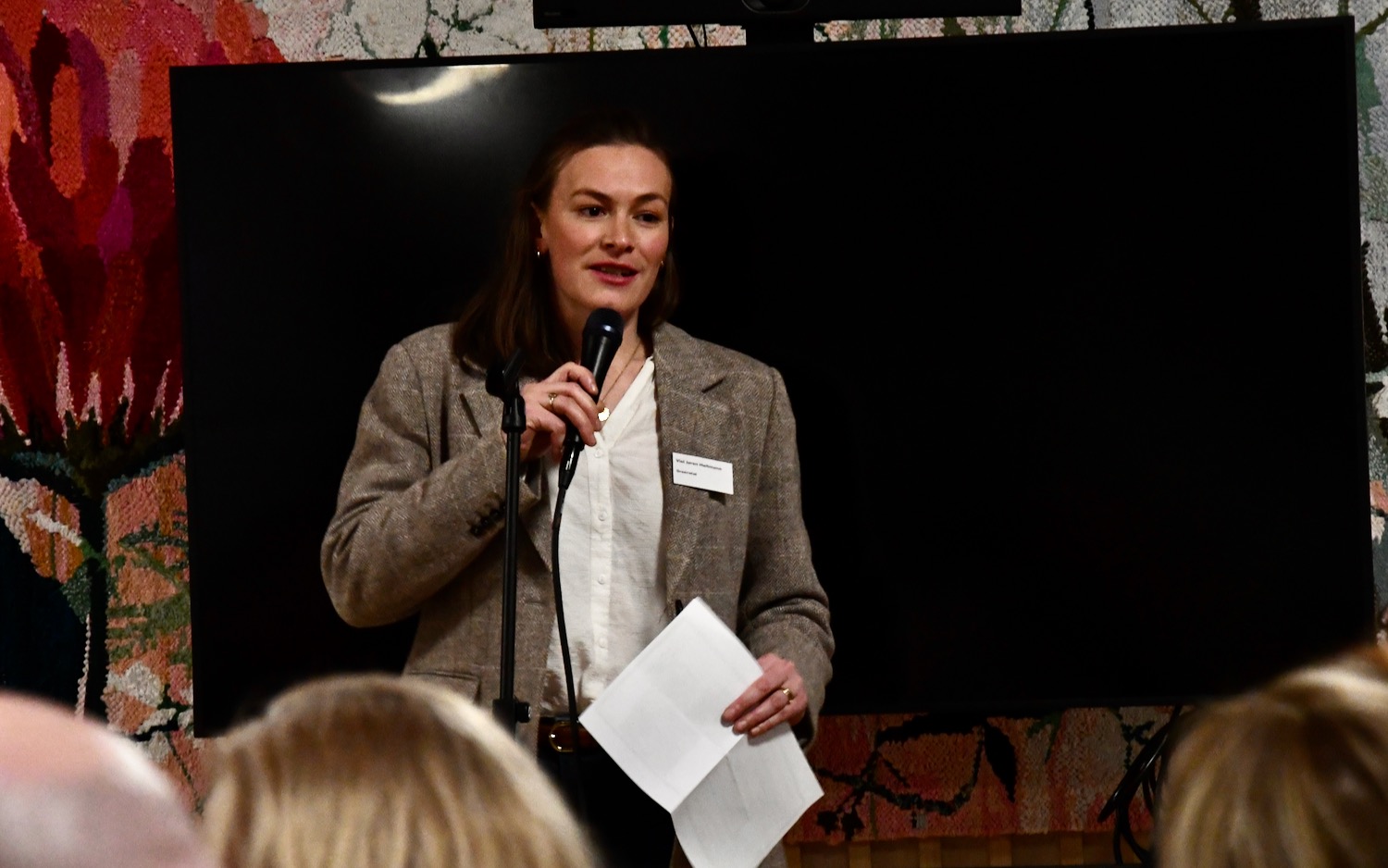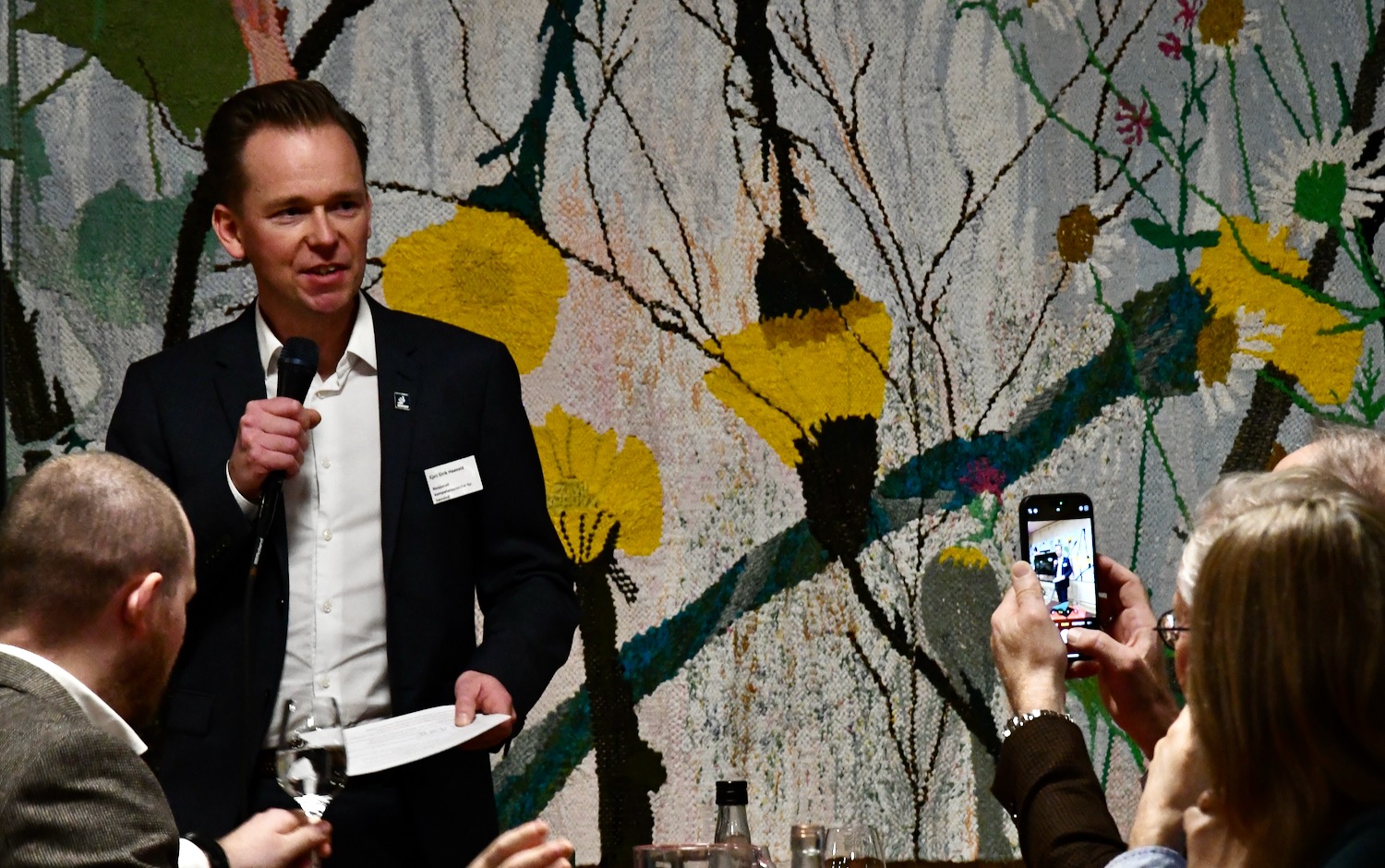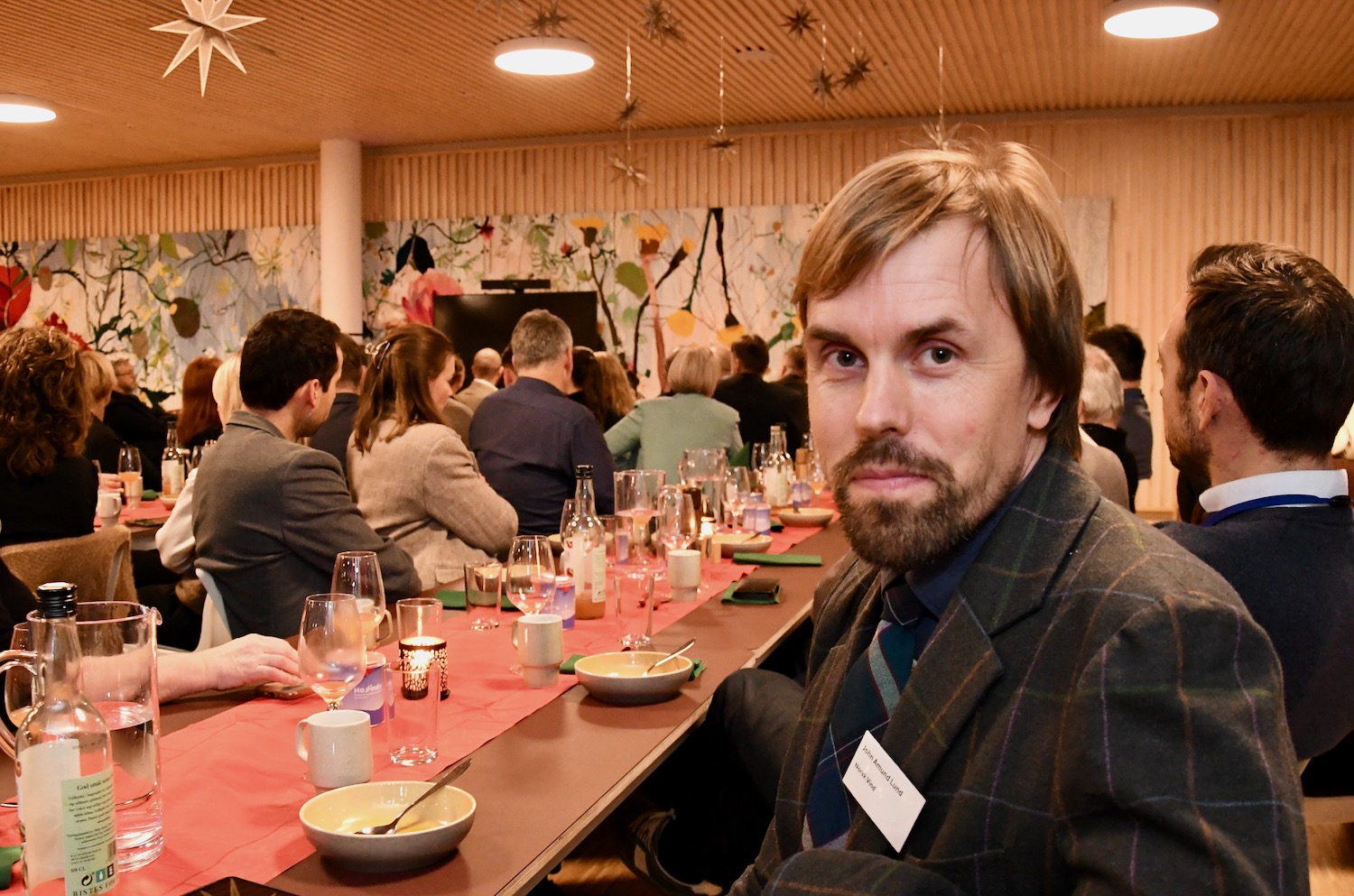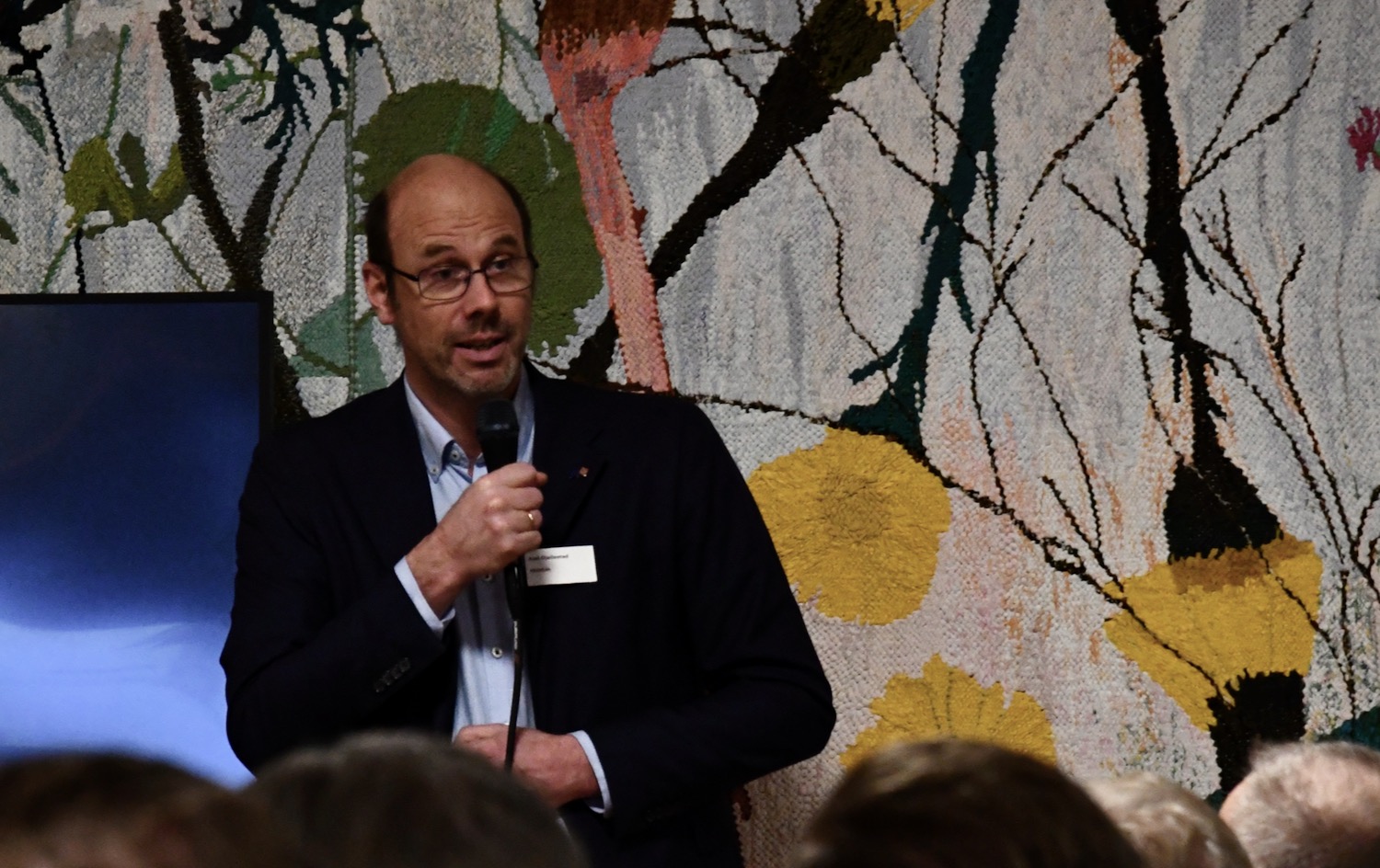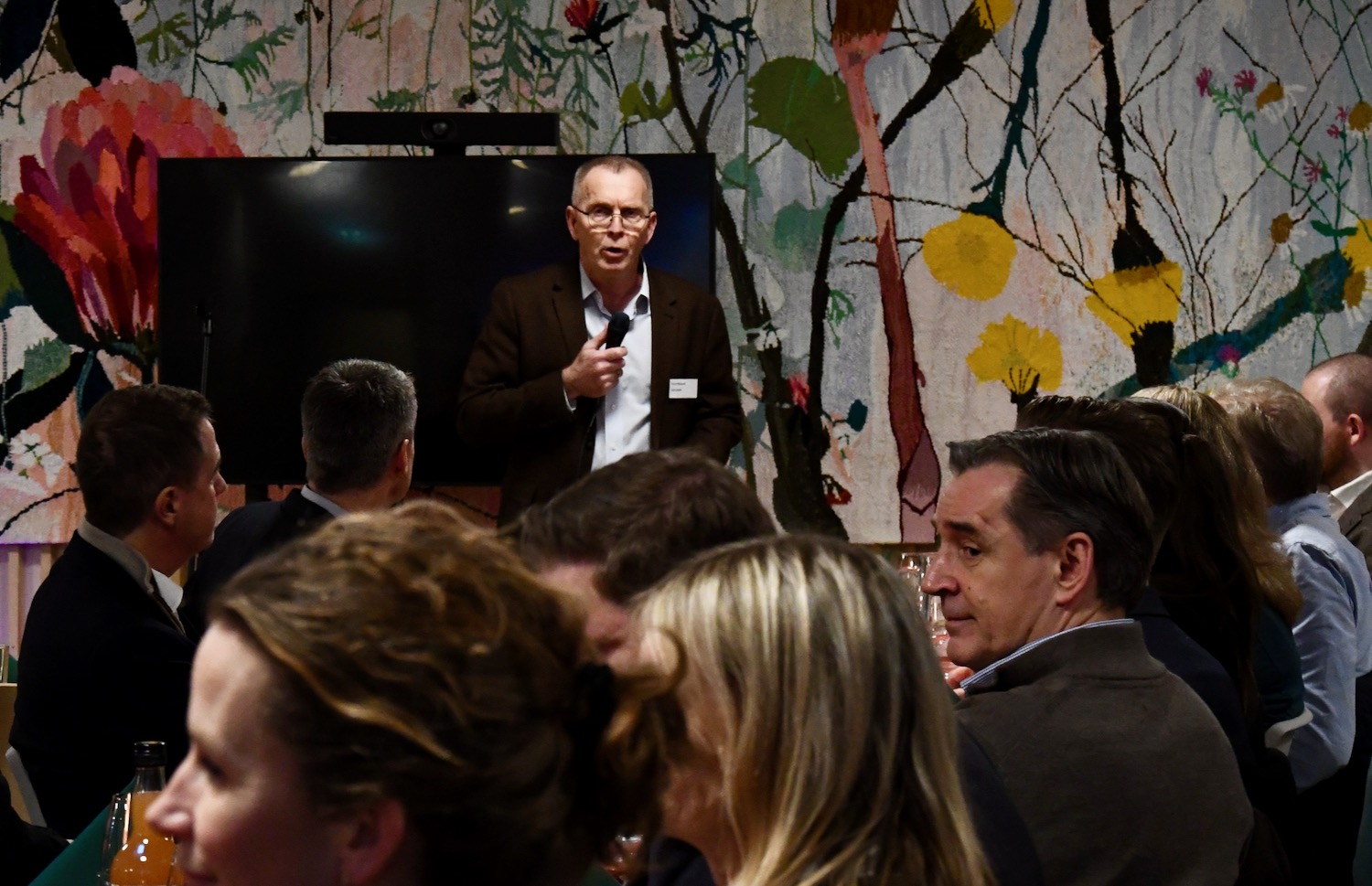GCE NODE Technology Council will be launched in 2026 to accelerate the development and deployment of new technology. It brings together industry players, investors, and business developers twice a year and serves as a place where technology developers can present products and ideas for established companies and investors.
“The Technology Council will improve relations throughout the value chain, while promoting innovation and reducing time-to-market for new technology. Details will be presented in the invitation to the inaugural session,” says Knut Mjåland, CEO of GCE NODE.
Offshore wind and port development represent one of the most significant industrial opportunities for the region, with an estimated NOK 8 billion in potential investments and ripple effects. GCE NODE will continue to highlight the importance of port infrastructure and regional readiness. The goal is to ensure that the region is well positioned to capture value creation, jobs, and long-term industrial growth as offshore wind moves from planning to largescale deployment.
The creation of a Supplier Network for Sørlige Nordsjø II aims to ensure that Norwegian companies are fully prepared to deliver into Norway’s first largescale offshore wind development. The initiative strengthens collaboration between developers, operators, and the supplier industry, helping local, regional, and national companies understand requirements, build competence, and position themselves for contract opportunities.
GCE NODE will continue the Agder H2 Network in 2026 to maintain momentum in the regional hydrogen ecosystem while preparing a new European Hydrogen Valley application.
Fremtidens Forsvarsindustri Sør (Future Defence Industry South) is an initiative designed to ensure that the Agder industry captures some of the NOK 1,620 billion defense investments outlined in Norway’s long-term defense plan, as well as in the broader European defense market. The project connects defense actors with regional suppliers, builds competence on procurement processes, and identifies areas where local industry can contribute with technology, manufacturing, and innovation.
The FPSO Forum brings together companies and experts working with FPSO technology to share knowledge, address common challenges, and strengthen regional competence. Its purpose is to promote collaboration, drive innovation, and ensure that Agder remains competitive in the global FPSO industry.
A new P&A Forum gathers companies and specialists working with plug and abandonment to share experience, discuss regulatory and operational challenges, and strengthen regional expertise in well decommissioning. The forum’s purpose is to promote collaboration, and to drive safer and more efficient P&A solutions.
A Forum for Applied AI will address how companies can adopt and operationalize artificial intelligence to improve efficiency, strengthen competitiveness, and accelerate innovation. The forum will be comprised of industry players, researchers, and technology specialists to share practical use cases, discuss challenges related to data, implementation, and regulation, and build regional competence in applied AI.
GCE NODE will continue its structured dialogue with policymakers to secure attractive framework conditions that shape the future of the energy and technology industries in Agder. Regular meetings, coordinated input, and clear communication of industry needs help ensure that national and regional policies support competitiveness, innovation, and long-term industrial development. This work remains essential as the energy transition accelerates.
A leadership program tailored for NODE companies is launched by GCE NODE and Bjørnson Organisasjonspsykologene. The program strengthens leaders’ ability to navigate transformation, build strong cultures, and collaborate across value chains. Through a mix of sessions, digital modules, casework, and coaching, participants gain strategic insight and stronger personal leadership.
“If we want new products, new jobs, and real innovation across industries, we must start with competence. Everything we build depends on it: workplaces, competitiveness, and the ability to transform. In the end, it all comes down to competence and our ability to innovate and create new and attractive products and services, says Mjåland.
